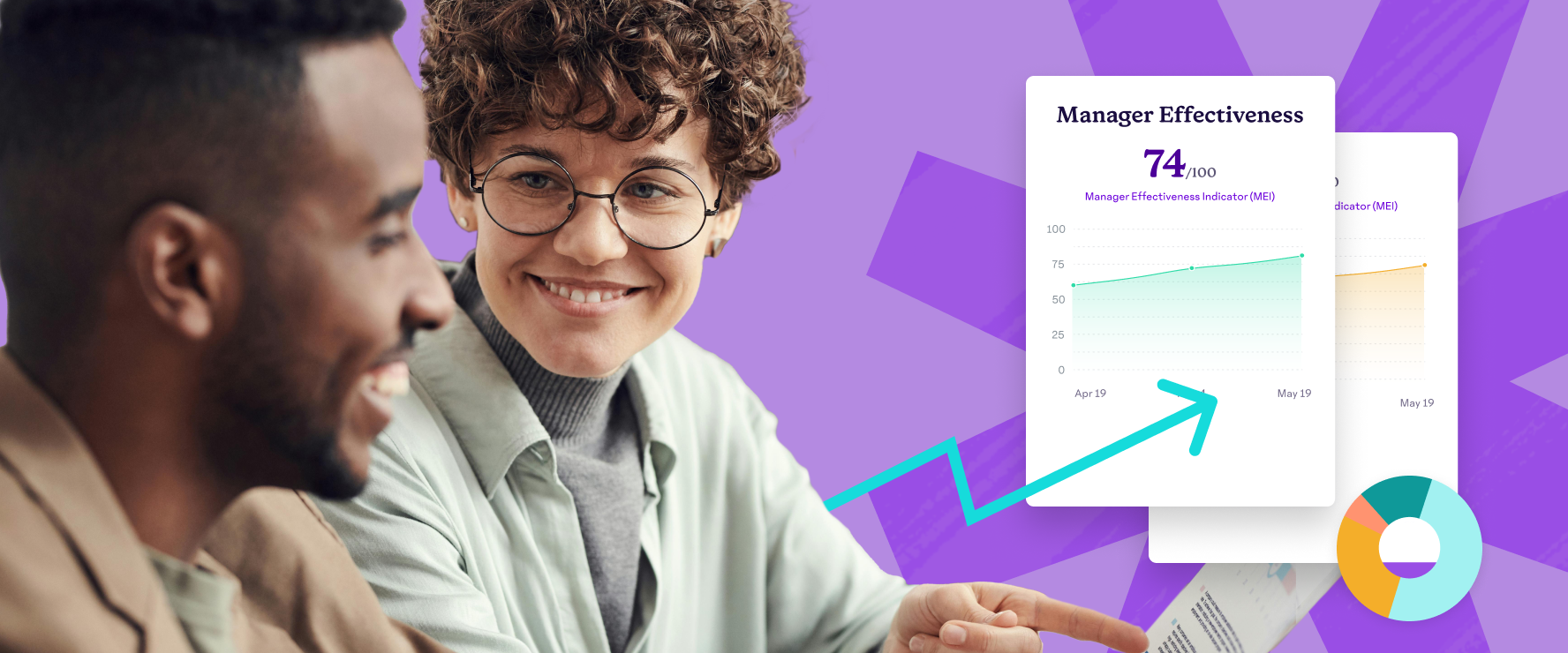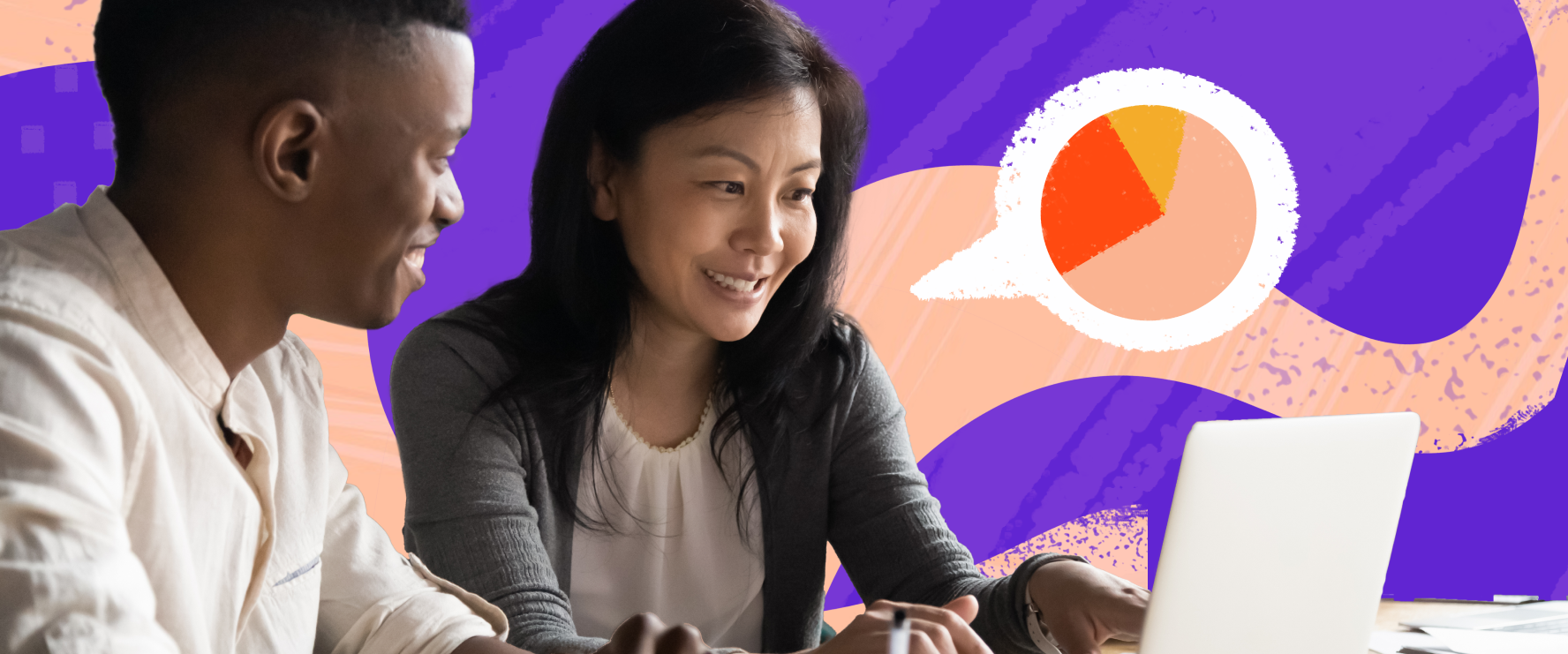How to Set Goals to Achieve Greater Disability Inclusion and Accessibility in the Workplace
The month of October is National Disability Employment Awareness Month (NDEAM), so let’s talk about how to evaluate your company’s disability inclusion strategy and how to set goals to achieve greater disability inclusion and accessibility at your workplace.
What’s NDEAM and why do we celebrate it? Observed annually in October, NDEAM celebrates the contributions of America’s workers with disabilities past and present and showcases supportive, inclusive employment policies and practices. This year’s theme is “Disability: Part of the Equity Equation.” You can learn more about the history of NDEAM and ways to celebrate by visiting the Department of Labor.
While disability inclusion hasn’t always been part of corporate D&I programs, that’s beginning to change. Disability:IN, a nonprofit organization that supports companies in achieving full disability inclusion in the workplace, states “From data gathered through this year’s Disability Equality Index, we know that #DisabilityInclusion is becoming a staple of corporate diversification agendas and that disability-inclusive practices have become industry standard.”
Why are more companies paying attention to disability inclusion? As disability advocacy becomes more prevalent in society and more employees feel comfortable disclosing disabilities in the workplace, organizations are realizing the importance of accessibility and inclusion. Building a culture of disability inclusion enables your employees to be and become their best selves.
As an HR professional, it’s vital to understand that whether or not they’ve disclosed it, you already have employees with disabilities in your workplace. In fact, disabled employees may already be your largest historically underrepresented employee demographic. And as your workforce ages, you’re likely to have even more:
- Globally, there are approximately 1 billion individuals with disabilities, representing 15% of the world’s population.
- An estimated 85.3 million Americans have a disability, 27.2% of the population or 1 in 4 Americans.
- 75% of disabilities are non-apparent, meaning you cannot tell someone has a disability just by looking at them.
So if you’re not thinking about disability inclusion, now’s a great time to start. What does it look like to build a culture of disability inclusion, and how might you get started?
My recommendation to any company, large or small, is to start by evaluating your company’s programs, policies, and processes against the Disability Equality Index criteria. Developed and administered by Disability:IN (mentioned above), the DEI is an annual benchmarking tool that gives U.S. businesses an objective score on their disability inclusion policies and practices. The DEI helps companies build a roadmap of measurable, tangible actions toward disability inclusion and equality, and Companies scoring above 80% are awarded “Best Places to Work for Disability Inclusion”.
The DEI measures a wide range of criteria within several categories:
- Culture & Leadership (30 points) – Businesses commit to and demonstrate a sustained, visible cultural commitment to disability inclusion and demonstrate visible leadership commitment to disability inclusion throughout the organization.
- Enterprise-Wide Access (10 points) – Businesses commit to and demonstrate commitment to workplace accessibility.
- Employment Practices (40 points) – Businesses commit to and demonstrate commitment to benefits, recruitment practices, employment practices, and accommodation practices that fully incorporate and include individuals with disabilities.
- Community Engagement (10 points) – Businesses demonstrate public-facing engagement practices that celebrate and support individuals with disabilities.
- Supplier Diversity (10 points) – Businesses commit to and demonstrate supplier diversity practices that fully include and utilize disability owned, veteran–disability owned businesses and service-disabled veteran owned businesses.
Even if you choose not to submit the survey for recognition, you can use the questions as a roadmap to improve your disability inclusion practices. As a company with fewer than 500 employees, 15Five is currently too small to officially participate in the survey. But when I joined 15Five in January, one of the first things I did was a DEI analysis to help me understand where we had room to improve our policies and processes. My goal is for us to get to 100% and stay there as we continue to scale so we’re ready to participate the moment we hire our 500th employee.
My initial analysis this spring yielded an estimated score of 40 out of a possible 100. In my experience, this is pretty typical for a smaller company, a newer company, and/or a company that has not historically had a formal diversity, equity, inclusion, and belonging program. If you’re in a similar situation, don’t panic, and don’t feel bad about your score! You likely have some quick wins you can use to boost your score into the 80% range, and a few longer-term initiatives to get you to 100.
Some of our quick wins included posting our EEO (Equal Employment Opportunity) statement and accommodations language on our careers page, proactively offering accommodations during the recruitment process, featuring disability inclusion in a podcast, and requiring managers to complete disability inclusion training. Our longer-term initiatives include committing to a fully accessible customer experience (this is a work in progress!) and developing a supplier diversity program.
One of the things I love about the DEI is that many of the questions themselves contain the information you need to build a roadmap for improvement. For example,
“Does your business have language specifically displayed on your external public-facing recruitment/career website about the process for requesting disability accommodations to complete the application process?
(NOTE: The wording must be on your recruitment/career website. The wording must specifically mention accommodation and include contact information such as an e-mail address and/or phone number. An online fill-in the blank contact form that can be submitted electronically is also acceptable.)”
• Yes_____
• No_____
• No, but plan to within the next year_____
• Do Not Know_____
Digging deeper into questions like these can help you establish a roadmap to truly championing disability inclusion in the workplace.
For more support from other HR leaders on topics like this and more, join the HR Superstars Community.




